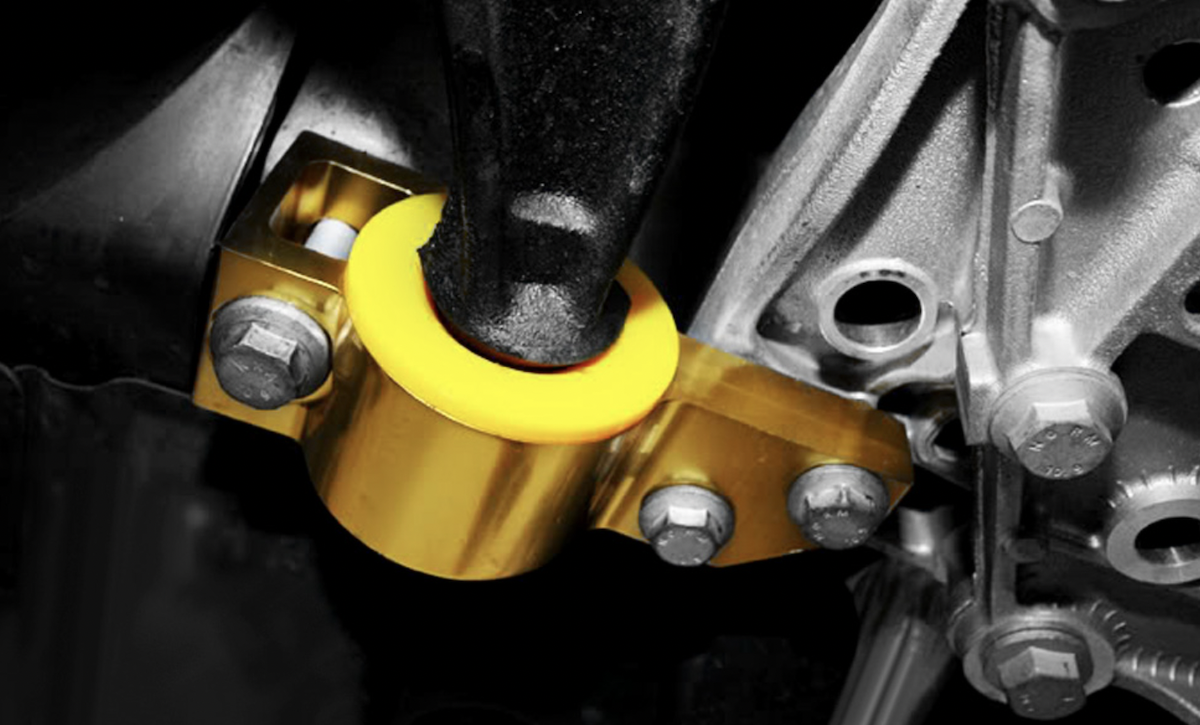
The bushing can be referred to by many different terms. Bearings can be plain bearings, solid bearings, friction bearings, or slide bearings. These bearings are used in a wide variety of industries and machines. The purpose of bushings is to reduce friction, vibration, and noise generated by machinery. There are many applications for bushings, including automotive machines, drilling machines, pumps, and motors. Bushings are thin tubes that provide better efficiency when they are used on rotating and sliding shafts. Self-lubricating bushings are also quiet and perform better than regular bushings.
What are the differences between bushings and bearings?
It is not that hard to tell bushings from bearings. Bearings allow two parts to move while reducing friction between them. These are quite common and are used in almost every industry. Bearings are bushings, which are used for certain purposes. Bearings are always bushings, but not all bushings are bearings. Additionally, bushings can consist of only one part, while bearings can consist of several parts.
What Are the Different Types of Bushings?
Despite the broad range of uses for bushings, there are tens of different types. The following list outlines the main types of bushings and their function. Journal bearings support the linear motion of an engine. Sleeve bearings are used similarly to journal bearings, except that they can accommodate both linear and rotary motions. Most sleeve bearings consist of a plain cylinder, but they may also be flanged. The use of spherical bearings in rotating applications requiring angular movements is common. In addition to providing a greater range of motion, spherical bearings are usually self-lubricating.
In addition to these, there are many other types of bushings, as this is just an overview of the entire range.
A bush can be made from a variety of materials, told from Bushing MFG. In the past, metal bushings were common. Materials like steel, stainless steel, bronze/brass bushings, bronze alloys, and others can be used here. The bushing is often made from polymer or plastic these days, which offers many benefits over metal bushings. Nylon or PTFE bushings are more efficient and quieter than metal bushings. Furthermore, they are self-lubricating, meaning that they require little maintenance and do not require external lubrication. Many consider them to be the future of bushings. Plastic bushings, metal bushings, and a combination of the two can also be used to make bushings. Often, these are referred to as hybrid bushings.
How do bushings function?
By sliding over rods or pipes, bushings provide a very low-friction motion. As a result of their shape and operation, they are great at absorbing shock, which extends the life of all machine parts around them and reduces noise and vibration. Besides completing the same action, self-lubricating bushings also retain and reuse the lubrication they receive from the rod. The need for maintenance is substantially reduced by perpetually reusing the lubricant.